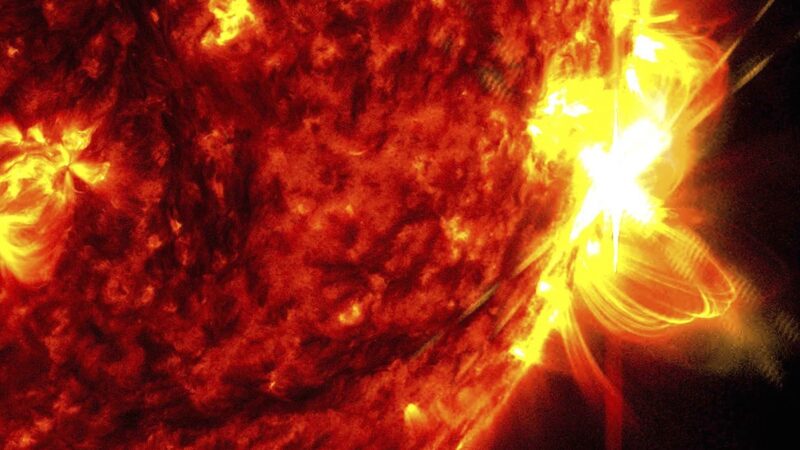Hold onto your phones 📱 and power banks—scientists just cracked a cosmic code that might help predict solar storms! A new study reveals the sun’s magnetic field forms way closer to its surface than we thought—just 20,000 miles deep, not 130,000 miles. This discovery could revolutionize how we forecast those epic solar flares that light up our skies (or fry our satellites 🔌).
Imagine the sun as a giant lava lamp 🌋, with magnetic energy bubbling up from shallow depths. When these bubbles burst, they launch solar storms like the ones that painted the sky with #AuroraBorealis earlier this month. But these dazzling light shows aren’t all fun—they can zap power grids and scramble GPS signals 🛰️.
Using a NASA supercomputer (yes, the same one from The Martian 🚀), researchers modeled the sun’s chaotic magnetic dance. Lead author Geoffrey Vasil said we’re still 'figuring out the sun’s playlist,' but this breakthrough could help us prep for future solar raves. With the sun’s current 11-year activity cycle peaking, timing is everything!
Remember last week’s mega-flare 🌠? Luckily, it missed Earth. But as co-author Daniel Lecoanet warns, better forecasts mean 'we won’t get caught in our PJs when the next cosmic hurricane hits.' 🛌💥
From Galileo’s telescope 🔭 to AI-powered models, this study proves space science is hotter than a sunspot right now. Stay tuned—and keep those eclipse glasses handy! 😎
Reference(s):
New study on sun's magnetic field may improve solar storm forecasts
cgtn.com



